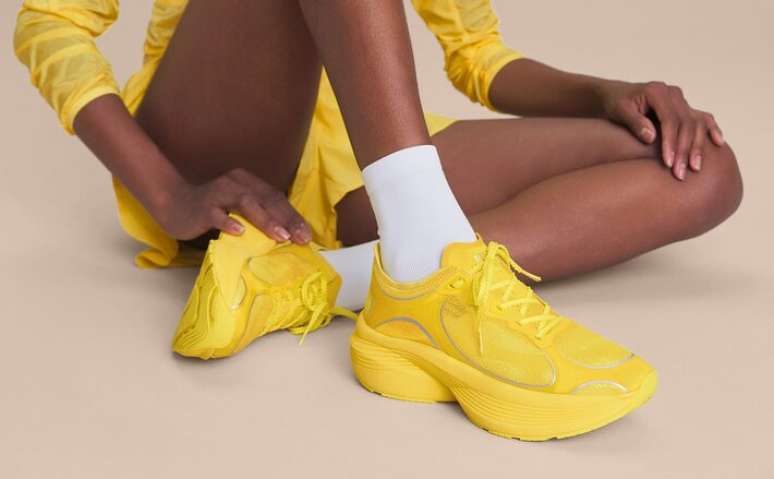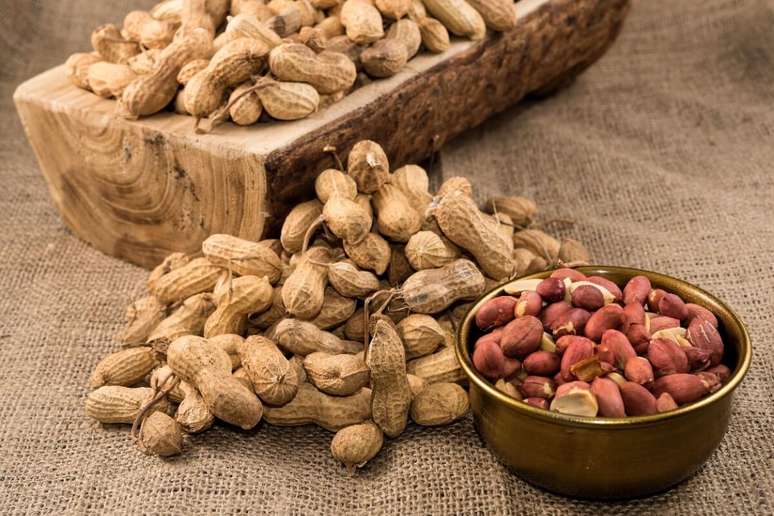Do spider veins on your legs bother you? Discover 6 different treatments for them
Burst veins (usually on the leg) have a solution – and this goes beyond aesthetics. “We believe that varicose veins lead to a health problem when the leg appears heavy, swollen, tired or inflamed, as well as pain, with a significant impact on the quality of life. Furthermore, it is possible to resort to treatment based on appearance alone, because it affects self-esteem”, explains Dr. Helen Pessoni, doctor, member of the Brazilian Society of Angiology and Vascular Surgery (SBACV) and specialist in vascular and endovascular surgery at the Brazilian Medical Association (AMB).
What are varicose veins
Varicose veins are a type of varicose veins, that is, they are swollen and dilated veins. They often occur in the legs because standing and walking increases pressure in the veins of the lower body.
Causes
Weak or damaged veins can cause varicose veins. Arteries carry blood from the heart to the rest of the body. The veins, in turn, return blood from the rest of the body to the heart.
To bring blood back to the heart, the veins in the legs must work against gravity. If the veins are weak or damaged, blood can pool, causing them to stretch or rupture.
Veins can weaken for a variety of reasons, including hormones, the aging process, being overweight, restrictive clothing, or even pressure on the vein from standing for long periods of time.
Treatment for varicose veins
Treatment for varicose veins may include self-care measures, compression stockings, surgery, or procedures.
- Self-medication
Things you can do to relieve varicose vein pain include exercising and elevating your legs when sitting or lying down. These measures can prevent the veins from worsening but do not help their appearance.
- Compression socks
Wearing compression stockings all day is often the first approach to try. Stockings tighten your legs, helping the veins and muscles in your legs move blood. Just like self-care measures, the stockings will help prevent the appearance of new varicose veins and the development of existing ones, but they will not remove those already present.
- PEIM
The Microvessel Injectable Aesthetic Procedure (PEIM), carried out by Face Doctor clinics, is a treatment carried out using a very thin needle, through which a glucose product is injected into the veins. This product forces the jar to close.
“The number of sessions varies depending on the patient. In some cases only one application may be necessary, in others up to five. The thicker and more visible the vessel to be treated, the greater the number of sessions necessary,” he explained. she explains. Dr. Nathalia Soaresaesthetic biomedical clinic.
- laser treatment
Laser treatment sends strong bursts of light onto the varicose vein. This causes the vein to slowly disappear until it can no longer be seen. No cuts or needles are used.
- Radio frequency
This procedure is the most commonly used treatment for larger varicose veins. A healthcare provider inserts a thin tube called a catheter into a dilated vein. Radio frequency or laser energy heats the tip of the catheter. When the catheter is removed, the heat destroys the vein, causing it to collapse and close.
- Vein surgery
During these procedures, also called ligation and stripping, the surgeon ties the affected vein to prevent blood from pooling. The surgeon can remove the vein to prevent varicose veins from returning. This process can be performed on an outpatient basis, under local anesthesia, or in the operating room, depending on the severity of the varicose veins.
Source: Terra
Ben Stock is a lifestyle journalist and author at Gossipify. He writes about topics such as health, wellness, travel, food and home decor. He provides practical advice and inspiration to improve well-being, keeps readers up to date with latest lifestyle news and trends, known for his engaging writing style, in-depth analysis and unique perspectives.








